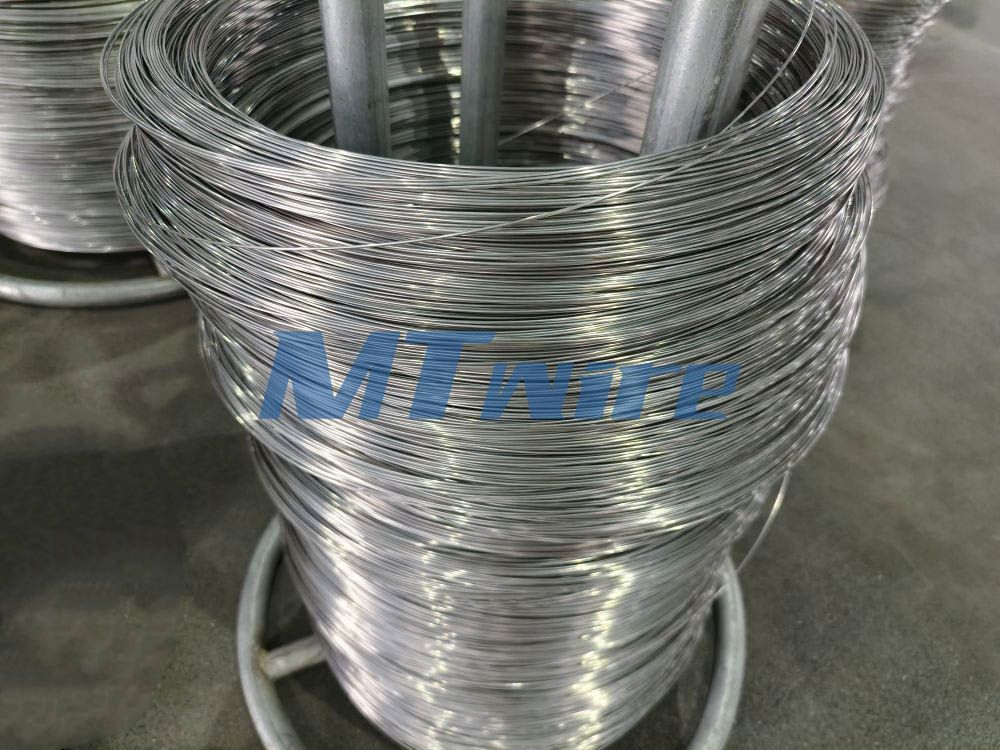The Top 3 Qualities of Stainless Steel Wire

This article highlights the top three qualities of stainless steel wire: corrosion resistance, strength, and sustainability. It explains how these properties contribute to the material's widespread use in various demanding applications.
Corrosion resistance
Corrosion resistance is the most widely recognized property of stainless steel, and certainly one of the most highly regarded. To be considered "stainless", an alloy must contain at least 10.5% chromium; this element forms an invisible film called a "passivation layer" that strongly protects the steel and allows it to repair itself when exposed to oxygen. The more chromium added, the more stable the passivate layer and the better the corrosion resistance. Other elements such as nickel, manganese and molybdenum can be added to enhance the corrosion resistance of stainless steel. When stainless steel wire is used in demanding applications, such as marine environments, stainless steels with higher chromium and molybdenum content, such as grade 316 stainless steel, are often used to increase their corrosion resistance. The addition of nickel further enhances the stability of stainless steel in acidic and alkaline environments. Manganese enhances the strength and wear resistance of stainless steel.
Strength
The tensile strength of stainless steel wire makes it desirable for many applications. grade 304 (the most common type) has a tensile yield strength of approximately 210 MPa (megapascals); this can be increased by cold working to 1,050 MPa. some special alloys can be heat-treated to achieve tensile strengths up to 1,730 MPa. this high strength guarantees stainless steel's use in the construction, aerospace, and automotive industries to This high strength ensures the safety and durability of equipment and structures.
In addition, stainless steel retains its strength at elevated temperatures, giving it a distinct advantage in applications that require high temperature resistance. For example, in power and petrochemical plants, the combination of high strength and corrosion resistance makes stainless steel the ideal material choice.
Sustainability
Another advantage of stainless steel that doesn't get much attention, but as a global issue, is that it is a highly sustainable option. According to the International Stainless Steel Forum (ISF), stainless steel is typically made from approximately 70% scrap metal, meaning that its base comes from unused metal. In addition, stainless steel is 100% recyclable in its original form, meaning it can be reused if it no longer fulfills its original function. During the recycling process, it does not leach out toxic chemicals like some other materials, which reduces the need to mine rare elements that play an important role in the manufacture of stainless steel.
The details of these three properties show the wide range of applications and importance of stainless steel wire in various fields. Not only do these properties make stainless steel an indispensable material in industry and everyday life, but they also demonstrate its important role in sustainable development.
